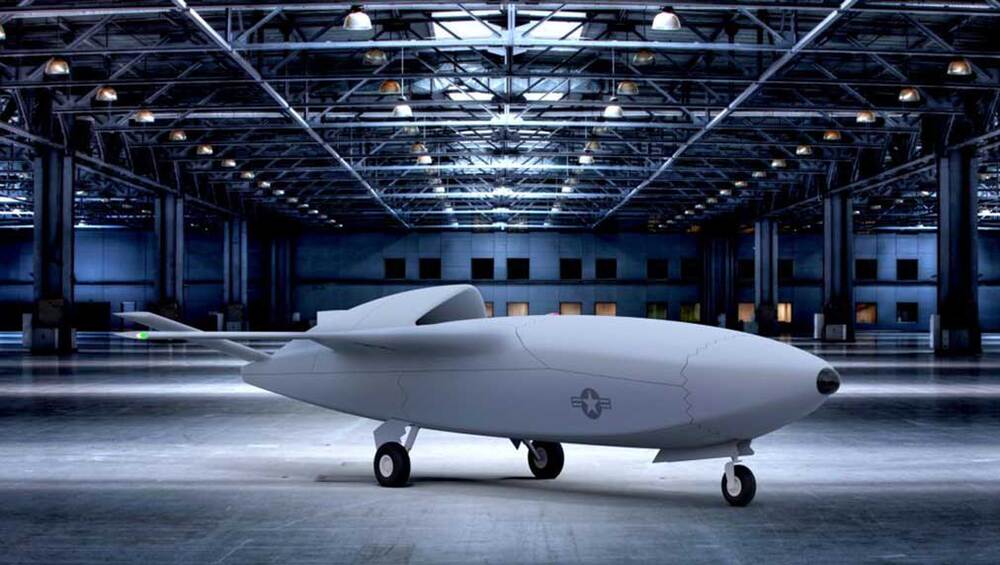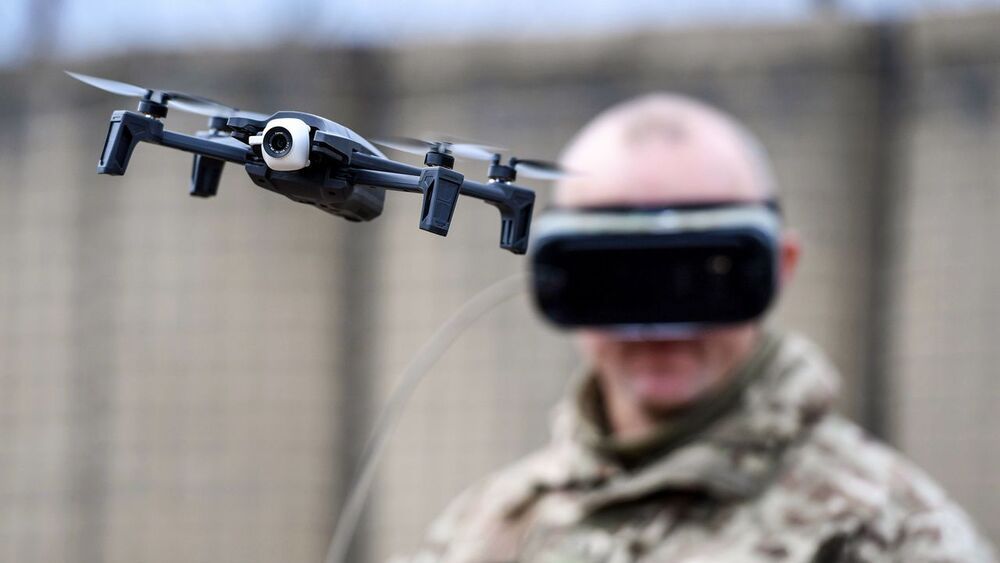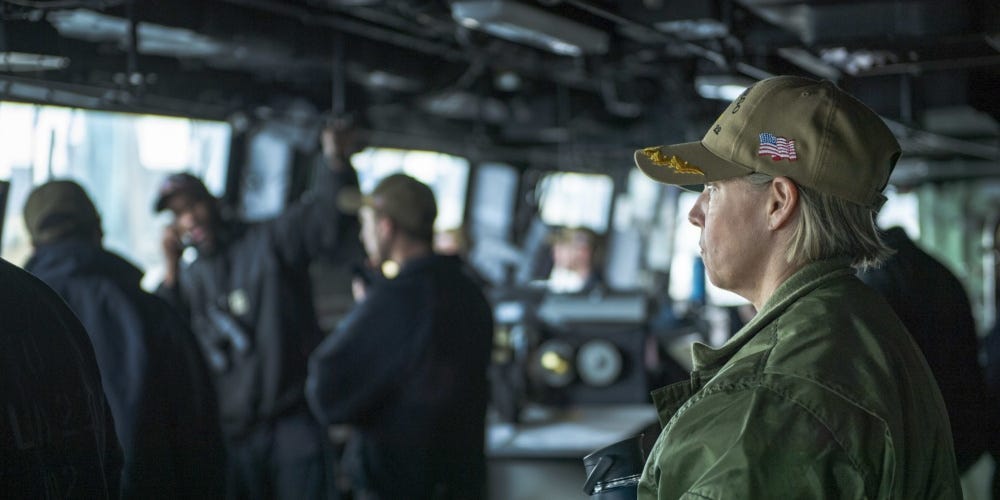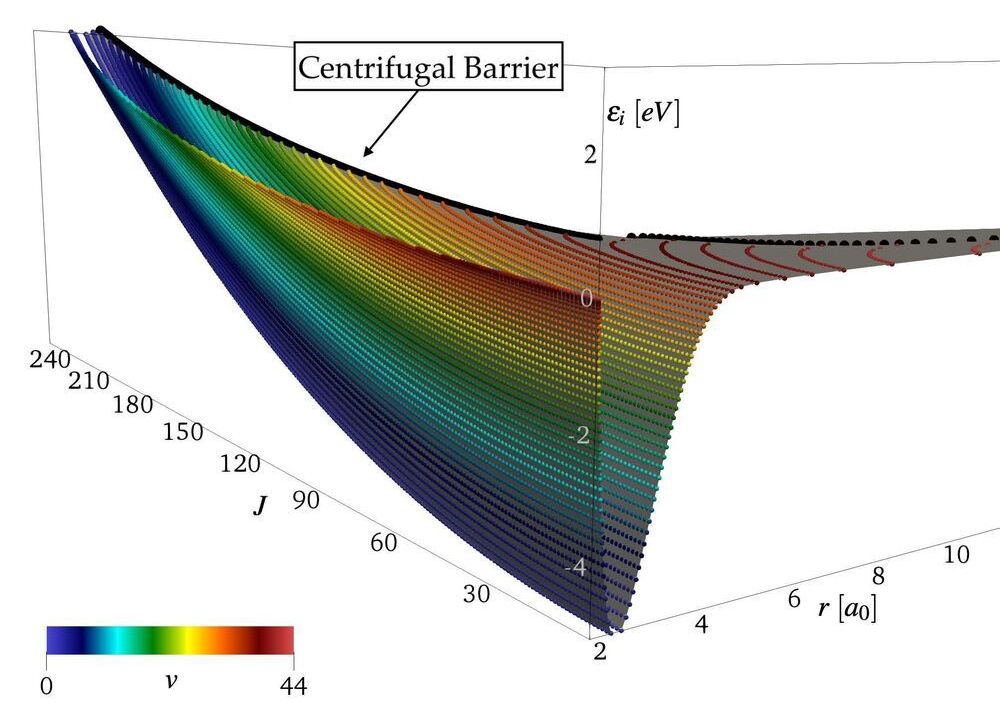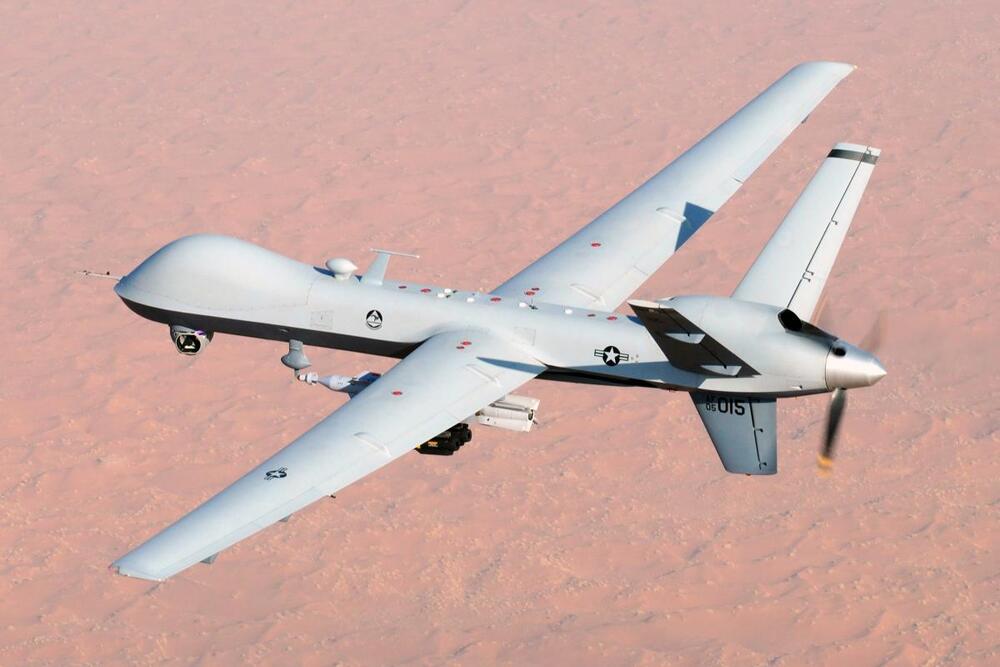Archive for the ‘military’ category: Page 137
Dec 8, 2020
Europe hopes new R&D fund will boost meager defense capabilities and create opportunities for science
Posted by Derick Lee in categories: drones, military, robotics/AI, science
Future EDF research topics will be specified in annual calls run by the European Commission, the EU executive branch, and approved by a committee of national delegates. AI will be a big topic, Ripoche says. He says EDF funding will also go to new materials, such as discreet metamaterial antennas that can be engineered into the surfaces of vehicles and weapons. Muravska says she expects “a healthy take-up” in the EDF by European academic researchers, “provided they are aware of it.”
With no military of its own, European Union funds work on camouflage, drones, and laser weapons.
Dec 8, 2020
This ‘Artificial Skin’ May Help Troops Stay Invisible, Even to Heat Sensors
Posted by Quinn Sena in categories: cyborgs, military
Invisible troops are closer than you think! Check out the next-gen ‘artificial skin’ of future warfare.
Dec 7, 2020
Iran: Satellite-controlled machine gun used to kill top nuclear scientist
Posted by Brent Ellman in categories: military, robotics/AI, terrorism
“” Martyr Fakhrizadeh was driving when a weapon, using an advanced camera, zoomed in on him,” Fadavi said, according to Reuters.
“Some 13 shots were fired at martyr Fakhrizadeh with a machine gun controlled by satellite… During the operation artificial intelligence and face recognition were used,” he said. “His wife, sitting 25 centimeters away from him in the same car, was not injured.”
“The machine gun was placed on a pick-up truck and was controlled by a satellite,” he added.”
Continue reading “Iran: Satellite-controlled machine gun used to kill top nuclear scientist” »
Dec 7, 2020
This Navy helicopter pilot has been chosen to be the first woman to command a US aircraft carrier
Posted by Quinn Sena in category: military
Capt. Amy Bauernschmidt previously made Navy history as the first woman to become the second-in-command aboard a US carrier.
Dec 5, 2020
INeuraLS — Advanced NeuroTech For Rapid Knowledge and Skill Acquisition — US AirForce Research Labs
Posted by Ira S. Pastor in categories: bioengineering, biotech/medical, computing, military, neuroscience

Ineurals — advanced neuro-technologies for rapid learning and skill acquisition.
The 711th Human Performance Wing, under the U.S. Air Force Research Laboratory leads the development, integration, and delivery of Airman-centric research, education, and consultation enabling the U.S. Air Force to achieve responsive and effective global vigilance, global reach, and global power now and in the future. It’s comprised of the United States Air Force School of Aerospace Medicine and the Airman Systems Directorate, whose science and technology competencies include Training, Adaptive Warfighter Interfaces, Bioeffects, Bioengineering, and Aerospace and Operational Medicine.
Dec 5, 2020
Ken Shamrock — Mixed Martial Artist, Ministry, Wounded Warriors Care, Health, Aging, and Longevity
Posted by Eithen Pasta in category: military

MMA champ and legend discussing his longevity in the sport.
Mr. Ken Shamrock is the very first athlete elected to the Ultimate Fighting Championship (UFC) Hall of Fame, widely regarded as one of the biggest stars in the history of Mixed Martial Arts (MMA), as well as an icon and pioneer of the sport.
Dec 3, 2020
Research leads to better modeling of hypersonic flow
Posted by Quinn Sena in categories: engineering, military, particle physics
Hypersonic flight is conventionally referred to as the ability to fly at speeds significantly faster than the speed of sound and presents an extraordinary set of technical challenges. As an example, when a space capsule re-enters Earth’s atmosphere, it reaches hypersonic speeds—more than five times the speed of sound—and generates temperatures over 4,000 degrees Fahrenheit on its exterior surface. Designing a thermal protection system to keep astronauts and cargo safe requires an understanding at the molecular level of the complicated physics going on in the gas that flows around the vehicle.
Recent research at the University of Illinois Urbana-Champaign added new knowledge about the physical phenomena that occur as atoms vibrate, rotate, and collide in this extreme environment.
“Due to the relative velocity of the flow surrounding the vehicle, a shock is formed in front of the capsule. When the gas molecules cross the shock, some of their properties change almost instantaneously. Instead, others don’t have enough time to adjust to the abrupt changes, and they don’t reach their equilibrium values before arriving at the surface of the vehicle. The layer between the shock and heat shield is then found in nonequilibrium. There is a lot that we don’t understand yet about the reactions that happen in this type of flow,” said Simone Venturi. He is a graduate student studying with Marco Panesi in the Department of Aerospace Engineering at UIUC.
Dec 3, 2020
China Has Made Drone Warfare Global
Posted by Vivek Jaiswal in categories: drones, military
Dec 2, 2020
Engineers combine light and sound to see underwater
Posted by Saúl Morales Rodriguéz in categories: biological, drones, military
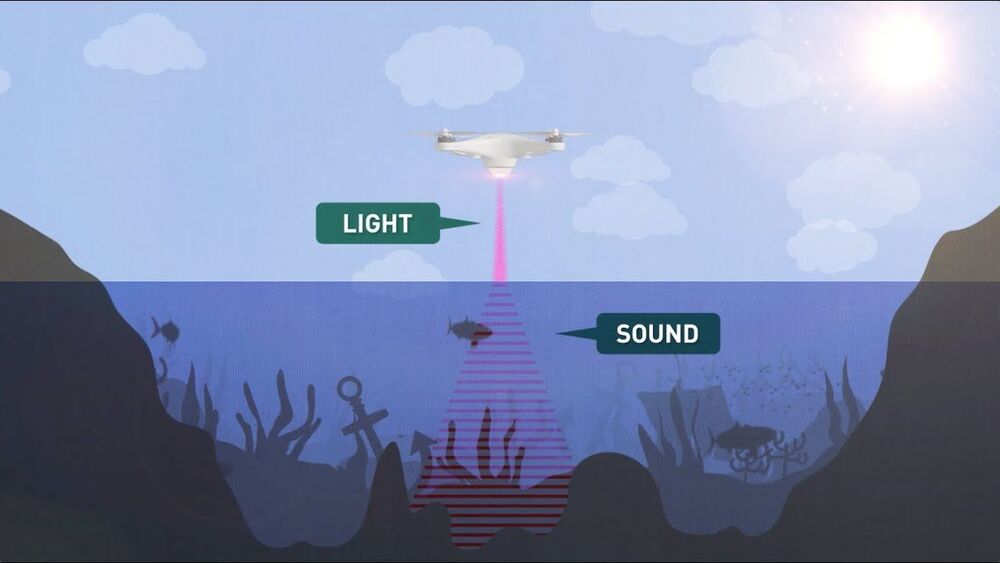
Stanford University engineers have developed an airborne method for imaging underwater objects by combining light and sound to break through the seemingly impassable barrier at the interface of air and water.
The researchers envision their hybrid optical-acoustic system one day being used to conduct drone-based biological marine surveys from the air, carry out large-scale aerial searches of sunken ships and planes, and map the ocean depths with a similar speed and level of detail as Earth’s landscapes. Their “Photoacoustic Airborne Sonar System” is detailed in a recent study published in the journal IEEE Access.
Continue reading “Engineers combine light and sound to see underwater” »
